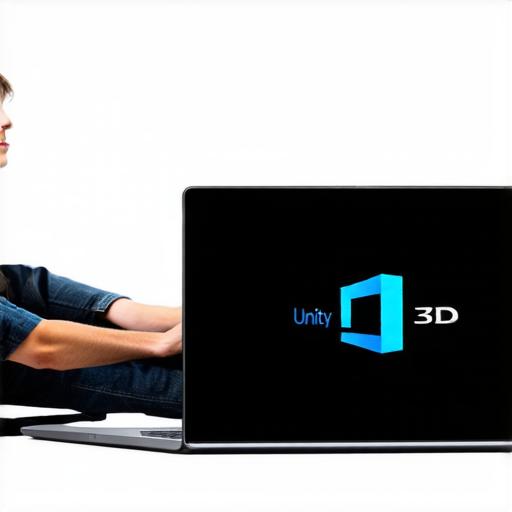
Welcome to our step-by-step guide on how to download Unity 3D. As one of the most popular game engines in use today, Unity provides developers with a wide range of tools and resources for creating interactive games and experiences across multiple platforms. In this article, we’ll walk you through the process of installing and configuring Unity on your computer so that you can start building your own projects.
Getting Started
Before you can download Unity, you need to make sure that your computer meets the minimum system requirements for the software. You can find these requirements on Unity’s official website. Once you have verified that your computer is capable of running Unity, you can proceed to the next step.
Download and Install
To download Unity, visit the official website and navigate to the “Download” section. From here, you can select the appropriate version of the software for your operating system (Windows, macOS, or Linux). Once you have chosen the version, click on the “Download” button and follow the prompts to complete the installation process.
After the installation is complete, you will be prompted to create an account with Unity. This will allow you to access the Unity Hub, which is a web-based interface that provides access to your projects, assets, and other resources.
Configuring Unity
Once you have installed Unity, it’s time to configure the software for your needs. To do this, open Unity and navigate to the “Edit” menu at the top of the screen. From here, select “Preferences.” This will open a new window with several tabs that allow you to customize various settings and preferences.
One of the first things you should do is set up your project settings. To do this, click on the “Project Settings” tab and configure the settings for your project, such as the resolution, aspect ratio, and frame rate. You can also choose whether you want to use a 2D or 3D project, depending on your needs.
Another important setting is the audio settings. Unity supports a wide range of audio formats, including WAV, MP3, and Ogg Vorbis. To configure your audio settings, click on the “Audio” tab and select the appropriate settings for your project.
Finally, you should also set up your input devices. This includes things like your mouse, keyboard, and any other controllers or joysticks that you plan to use in your project. To do this, click on the “Input” tab and configure the settings for your input devices.
Creating Your First Project
Now that you have installed and configured Unity, it’s time to create your first project. To do this, go back to the main menu and select “New Project.” This will open a new window with several templates that you can use as a starting point for your project.
You can choose from templates for 2D or 3D games, virtual reality experiences, and more. Once you have selected a template, click on the “Create” button to create a new project based on that template.
Getting Familiar with Unity’s Interface
Unity has a complex interface that can take some time to get used to. However, once you start exploring the software, you’ll find that it’s incredibly powerful and flexible.
One of the most important tools in Unity is the Scene window, which displays your 3D scene in real-time. This is where you will spend most of your time working on your project, adding objects, creating animations, and configuring lighting and other settings.
Another important tool is the Inspector window, which provides access to your project’s assets and components.
